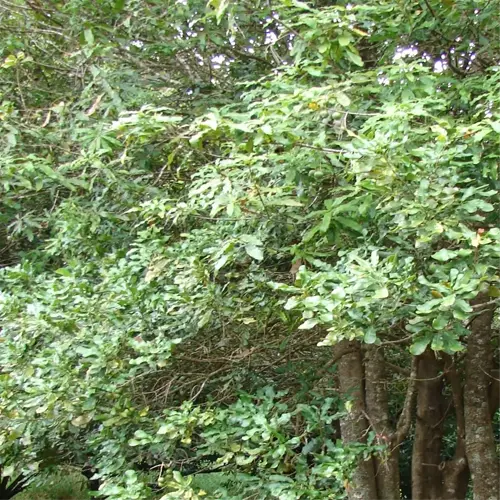What pests affect mango trees?

Written by
Kiana Okafor
Reviewed by
Prof. Samuel Fitzgerald, Ph.D.Mango trees are under constant assault from mango hoppers, fruit flies, and scale insects. I lost fifty percent of my crop to scale insect infestations before I started using organic solutions. Early detection and treatment can prevent irreparable damage, specifically looking for sticky residue and leaf curling action. These are the first signs.
Preventive Measures
- Release ladybugs to control hopper larvae
- Wrap trunks with sticky bands to trap crawling insects
- Plant basil companions to repel fruit flies
- Prune dense canopies to improve airflow
Treatment Methods
- Spray neem oil at dusk to avoid sunscald
- Apply horticultural oil during winter dormancy
- Install spinosad bait stations every 20 feet
- Introduce Trichogramma wasps for egg parasitism
It is important to monitor trees weekly while they are flowering because mango hoppers can multiply in high-humidity conditions rapidly. For this, I employ the use of a 10x magnifier to inspect the undersides of leaves. I use yellow sticky traps that are placed at 5-foot heights to catch the adults before laying eggs. Always rotate treatments to avoid insecticide resistance.
Traps for fruit flies, filled with apple cider vinegar, successfully decrease the ratio of infestation by up to 70% when used before the start of the monsoons. An example given by a grower from Florida was that they saved 80% of their harvest when they combined the trap with an early fruit bag prescriptively. Quickly removing dropped fruit is important when you have more infestation since flies will breed in decaying organic material.
Read the full article: How to Grow a Mango Tree from Seed in 5 Steps

